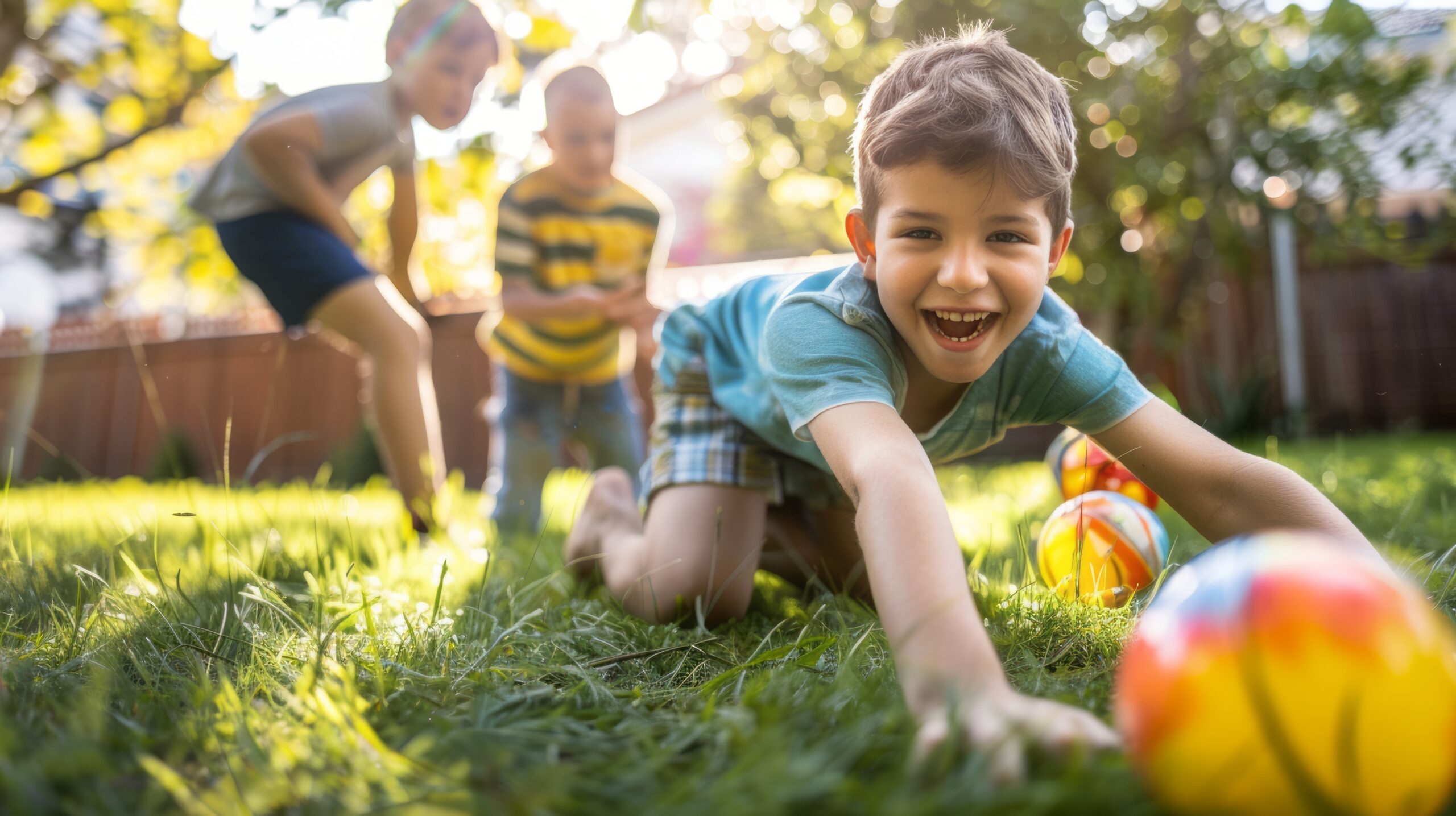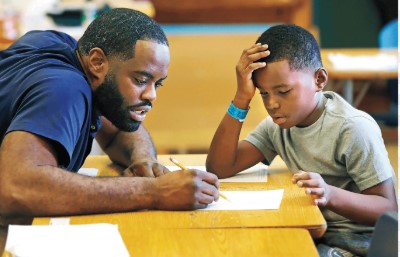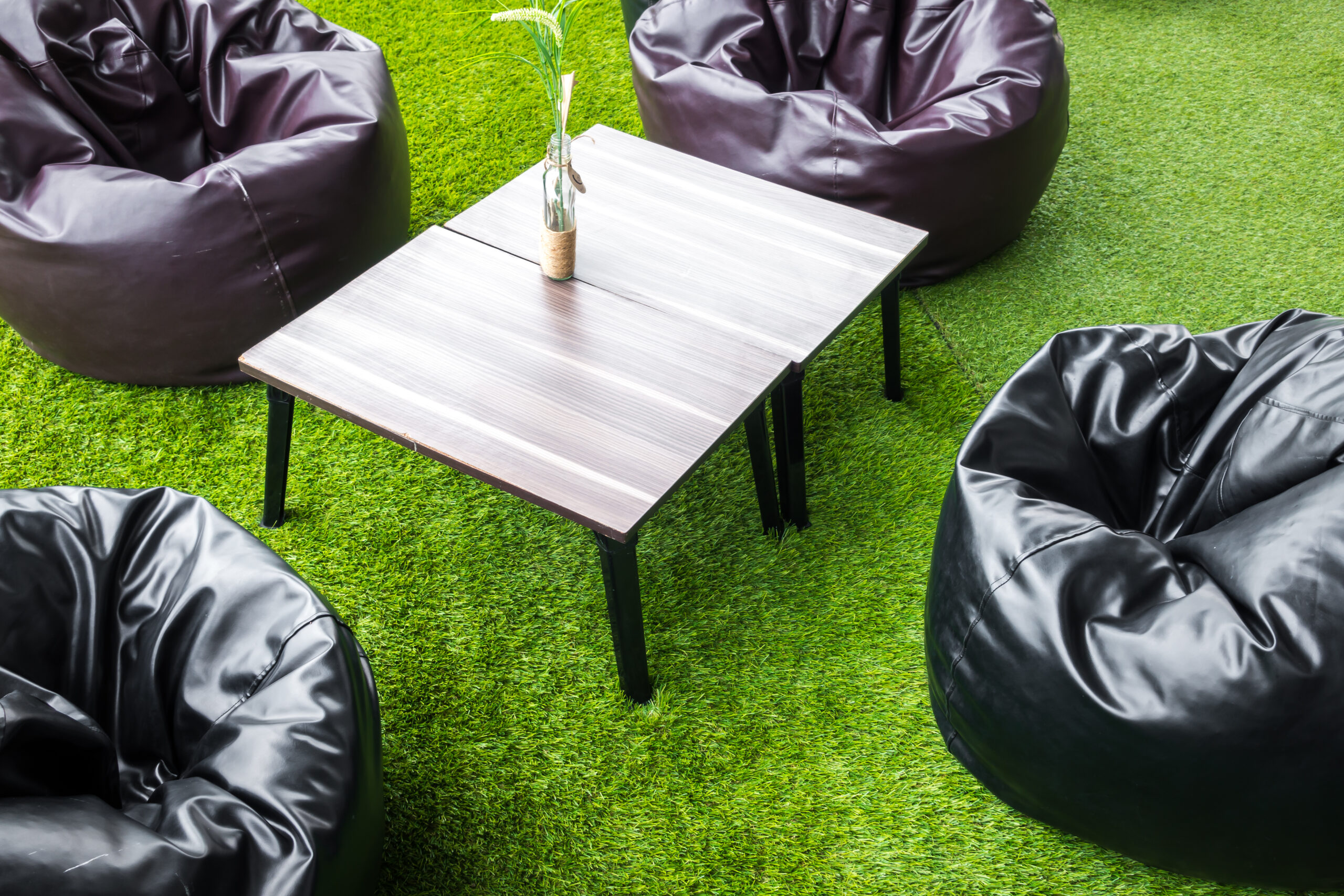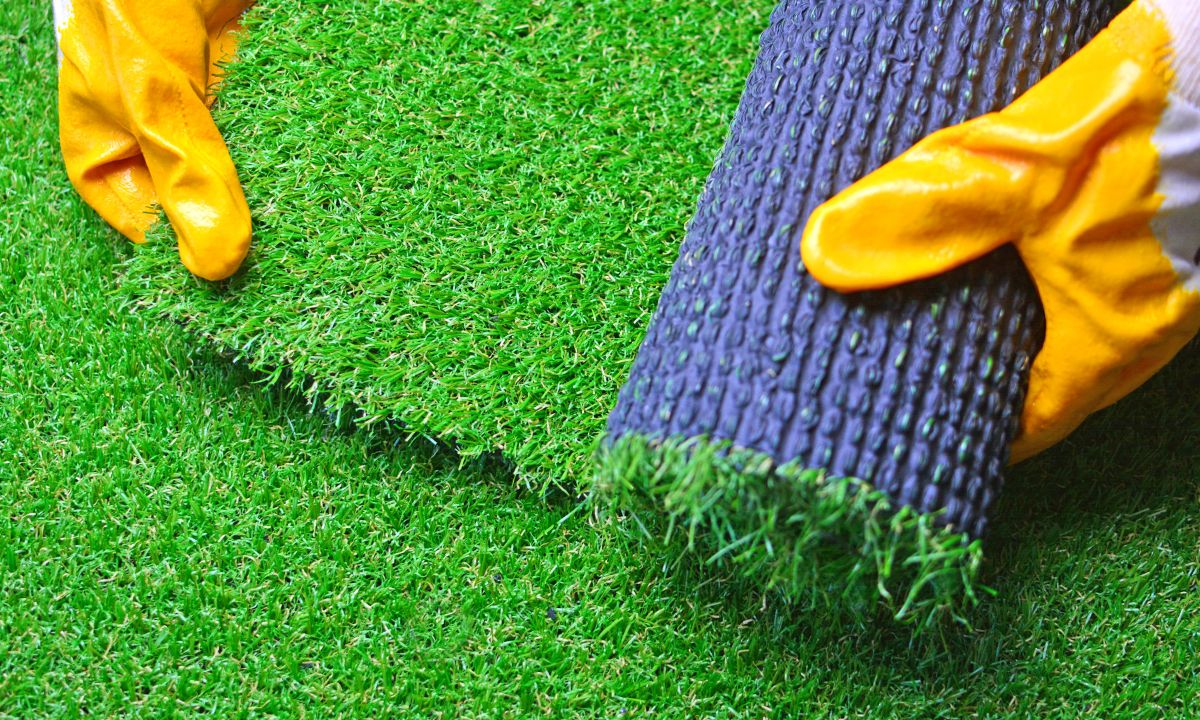
Artificial Turf for Schools and Playgrounds: Safety, Maintenance & More
A growing number of schools have started using artificial turf for their outdoor areas and not just for looks. It turns out, when done right, turf can be a safer, cleaner, and easier-to-manage option than grass. With the foot traffic a typical schoolyard sees, it makes a lot of sense.
Here’s a breakdown of what makes turf work well for school settings, especially playgrounds and open activity spaces.
Safety Comes First, Especially on Playgrounds
One of the big reasons schools go for turf is to make things safer for kids when they’re running, jumping, or just being rough during recess. Natural grass wears down fast, and when that happens, kids end up playing on dirt or worse, on hard patches that turn dangerous when they fall.
Artificial turf is usually installed with a padded layer underneath, so it helps absorb impact. That’s a big deal around climbing structures or where kids tend to fall the most. It also dries up quickly after rain, which cuts down on slipping and muddy messes.
So, fewer injuries and fewer areas that need to be roped off after bad weather.
Maintenance Is an Easy Job
Ask any school maintenance crew, grass is work. You’ve got mowing, watering, re-seeding, fertilizing… it adds up. Turf, by comparison, doesn’t ask for much.
You might need to brush it out once in a while or clear off leaves and trash, but it stays green without watering and doesn’t get patchy from overuse. Even after a week of soccer games and recess, it holds up better than most grass fields would.
It’s not zero-maintenance, but it’s way less stressful than trying to keep natural grass looking good all year.
Water Savings Matter More Than Ever
With California’s long history of water shortages, cutting back on outdoor irrigation is a huge win. Turf doesn’t need watering at all, and for schools that were using thousands of gallons a week to keep a field alive, the difference is real, both environmentally and financially.
There’s also no need to use fertilizers or weed treatments, which means fewer chemicals on campus and less runoff into local drains or soil.
It Stands Up to Use in Real Life
Playgrounds see everything from gym class and games to spilled juice boxes and snack crumbs. Turf can handle them all.
It’s easy to rinse off if there’s a mess, and if one spot gets damaged or worn out, it’s not hard to replace just that section instead of the whole field. Some schools even use different turf colors to mark out game zones or classroom areas outside.
It’s built to deal with kids being kids.
Things to Keep in Mind Before You Install
If you’re thinking about installing turf, there are a few things you’ll want to think through first:
- Make sure there’s padding. That layer underneath matters a lot for safety, especially if this is going under play structures or where kids might fall.
- Drainage is important. The base layer needs to be done right so that water doesn’t pool after rain.
- Infill choices can make a difference. Some options stay cooler in hot weather, while others are better for heavy foot traffic.
- Pick an installer with experience in school jobs. Turf needs to be laid down properly with drainage, seams, and edges in mind or problems will pop up later.
Schools Around California Are Already Making the Switch
Artificial Turf California has done installations for all kinds of schools – big, small, urban, rural. They know how to work around school schedules and meet safety codes. Whether it’s a full field or just a worn-out corner where grass won’t grow, they’ve likely done something similar before.
It’s not just about making things look good, but also about creating spaces kids can use every day without constant maintenance or safety concerns.
Final Thoughts
Artificial turf is a smart solution for schools and playgrounds. It cuts down on work, improves safety, and stays usable year-round. For places where grass just can’t keep up, turf is often the better option.
If your school is dealing with bald patches, mud problems, or high water bills, it might be time to look into turf as a long-term fix.




